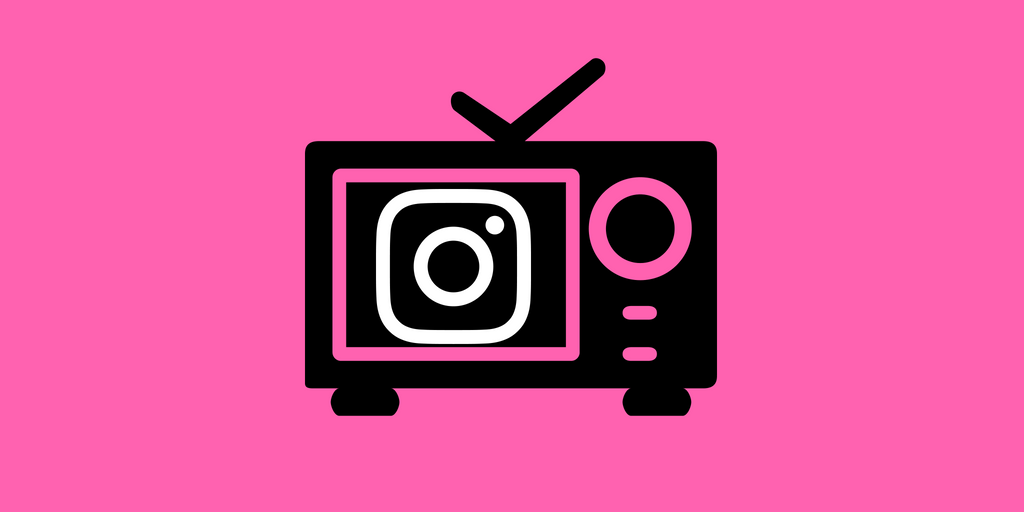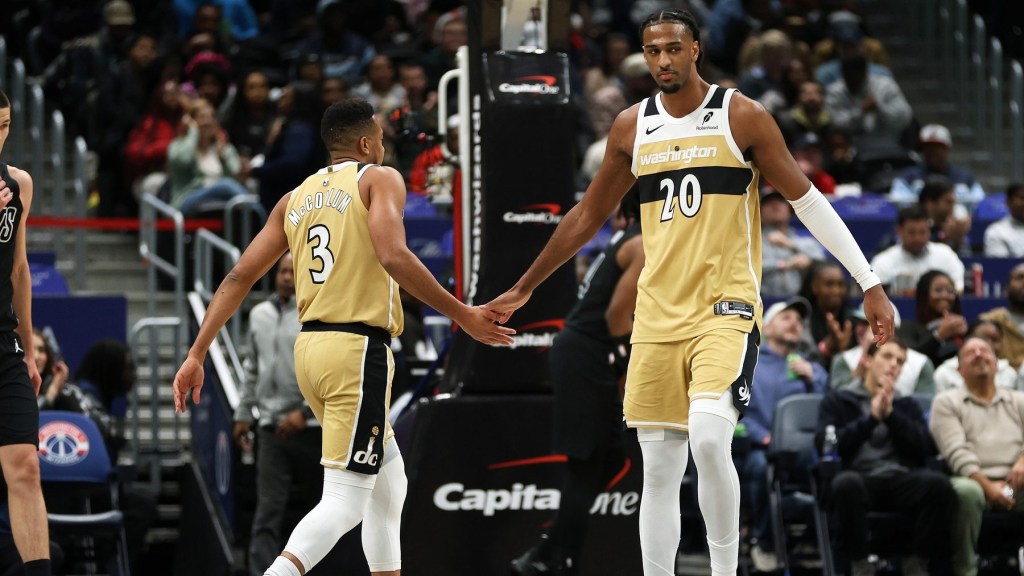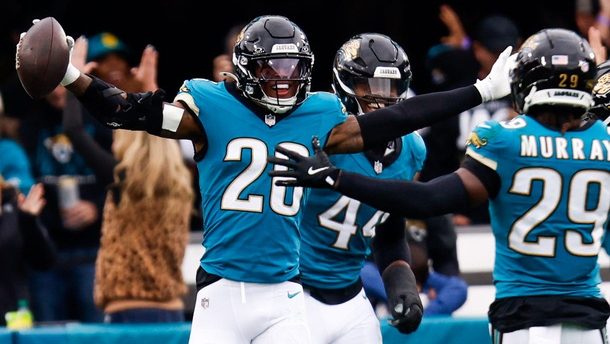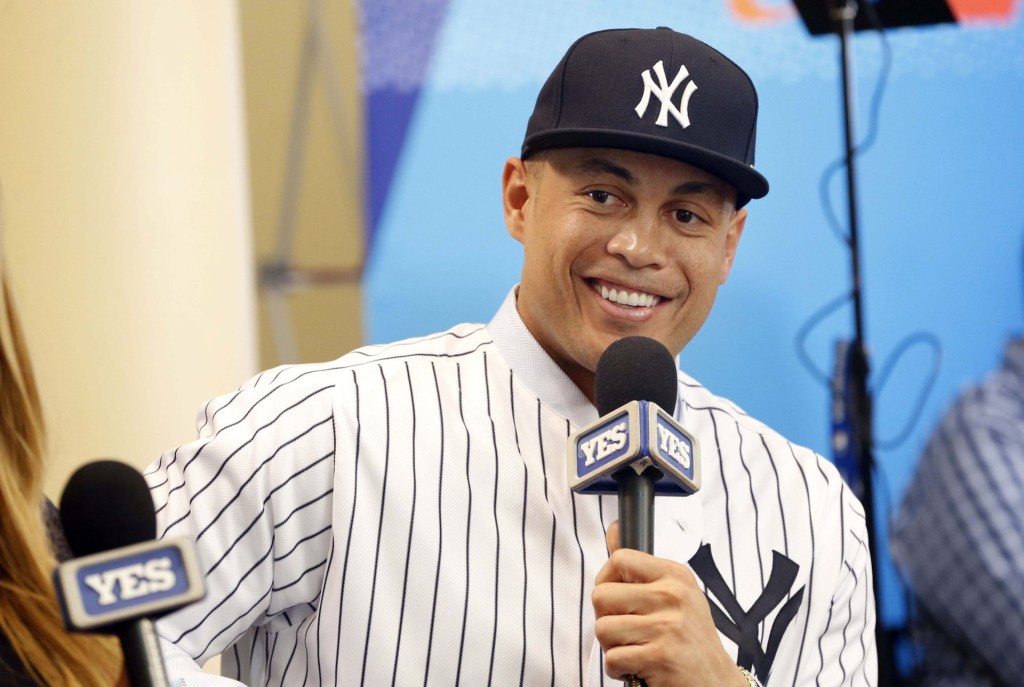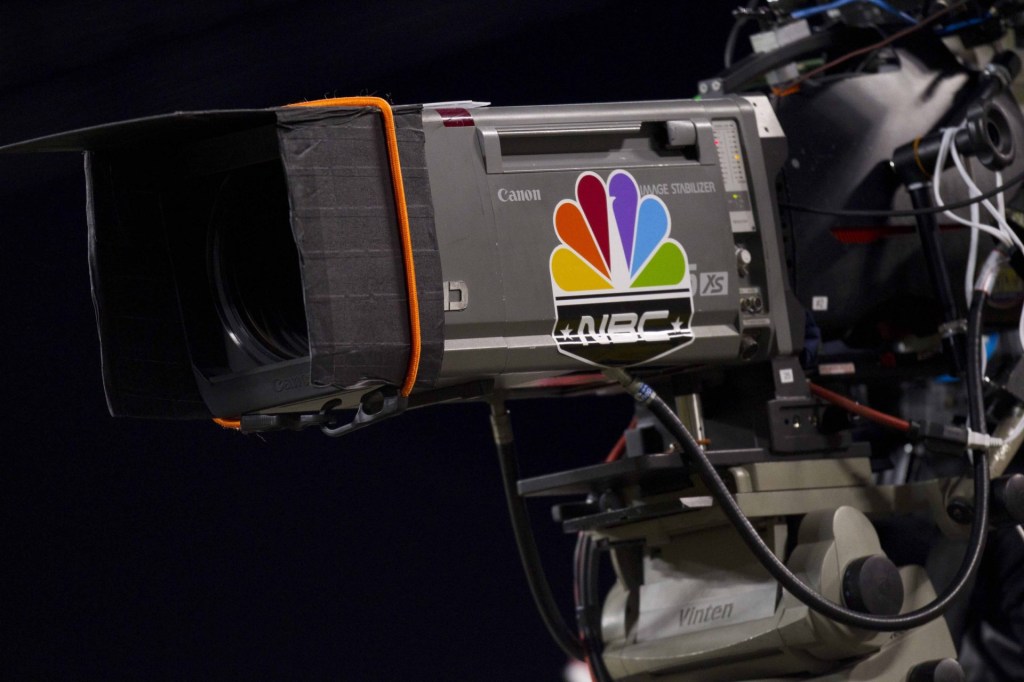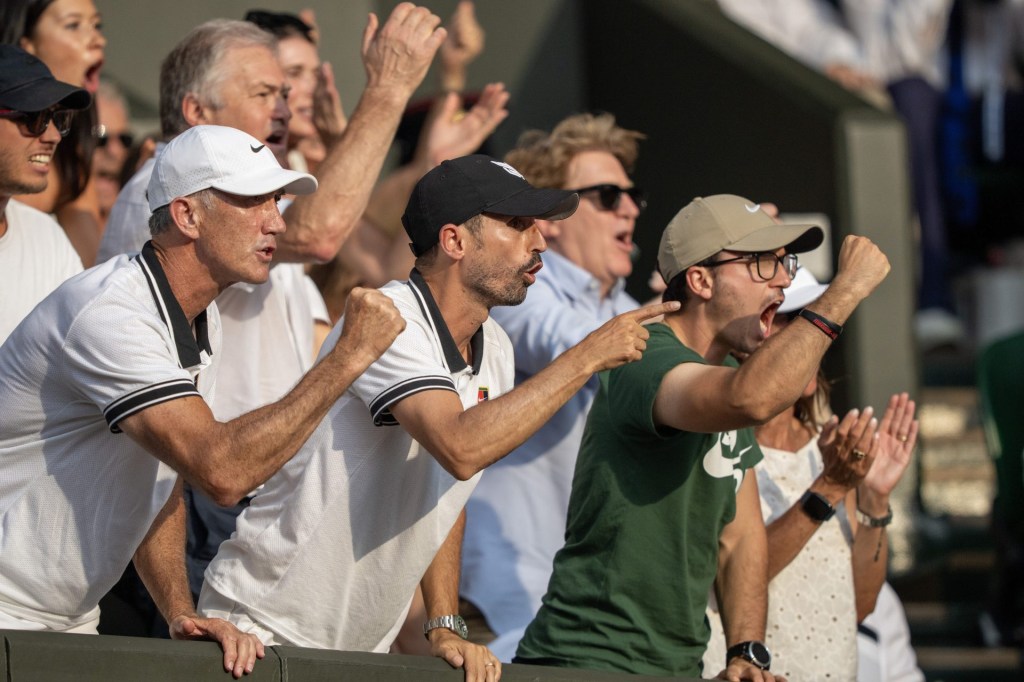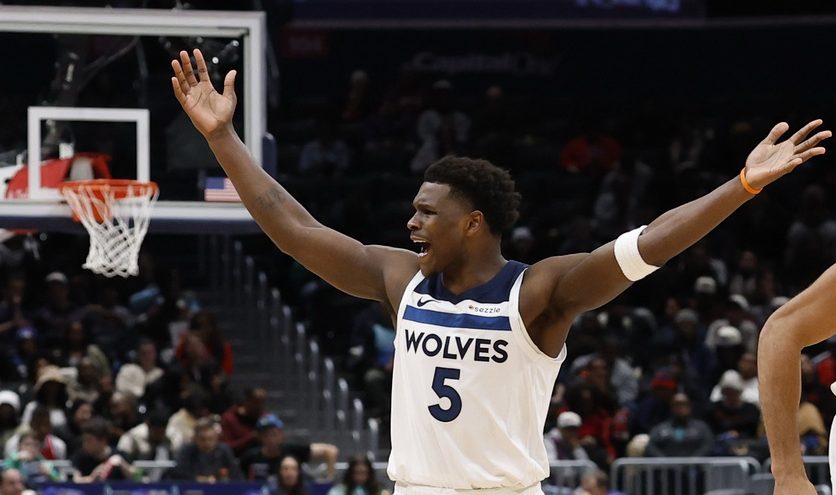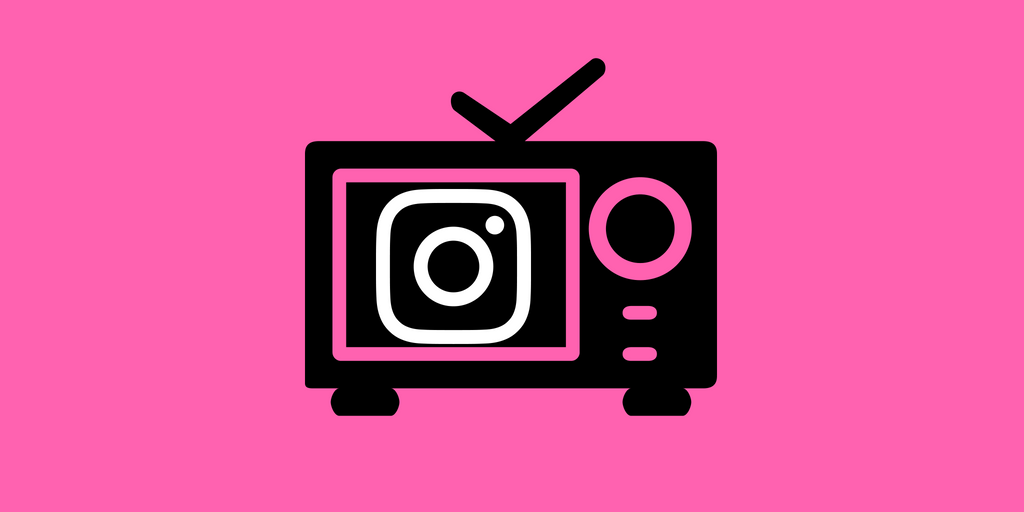
Back in late June, Instagram launched IGTV — a new addition to the platform that allows users to watch video content, up to an hour long, from their favorite creators. It’s easy to infer this will lead to a major shift in how sports content is consumed and produced.
For one, videos viewable on the platform are meant to be viewed vertically and take up the viewer’s entire screen. This is something of a departure from platforms like Twitter and Facebook that are better suited to horizontal video. A change like this has kicked off an interesting test for sports creators and strategists.
[mc4wp_form id=”8260″]
One creative who agrees with this sentiment is Joe Centeno, art director for Team Infographics, which has provided tools and services for organizations all over the country for the last five years to stay ahead of new ways of publishing social media content.
“I am really looking forward to teams experimenting on IGTV,” Centeno said. “I hope to see them really explore the vertical format and not just repurpose existing content from elsewhere. As with any new feature or product, it shouldn’t just be checking the box. Plan, test, and create something brand new to set yourself apart from others.”
One organization in the middle of that experimentation process and seeing good results is Michigan Athletics. The Wolverines are taking the opportunity to post more shorter form videos, but really using that time to fill the screen vertically in a clean and vibrant way.
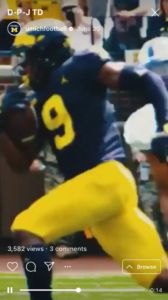
“We took to IGTV immediately when it came out as another way to post our content and reach new/different audiences,” said the Wolverines’ digital and creative lead, Brian Wagner.
“It’s funny I’m saying this, but I have loved the shift to vertical video — where our content maximizes every bit of the screen.”
Media companies like Whistle Sports are also playing with content a bit in the early stages of this platform.
“In general, we’ve been doing a mix of repurposing segments from existing franchises like ‘No Days Off’ and ‘Bad Joke Telling’ as well as creating custom and specific IGTV content like ‘Run It Back,’ a personality-driven editorial show,” said Josh Grunberg, head of content, talent, and partnerships with Whistle Sports. “We’ve been using Instagram Stories a lot to promote our longer form programming on IGTV, and we’re evolving our cadence as we learn more about what resonates with our audience specifically here. It’s only been a month, so I think everyone is still learning and figuring it out.”

The other major point of interest for IGTV is its ability to let creators post longer-form videos, whereas not that long ago, videos on the platform couldn’t be longer than a minute. Some people’s first thought might be ‘why not just put longer videos on YouTube?’
The answer? Audience.
It’s true that YouTube and Instagram both have well over a billion active users. However, sports audiences have proven to be much more drawn to more mobile-friendly social platforms like Instagram and Twitter.
Take Michigan, for example. The university’s main athletics Instagram account has over 205,000 followers. Meanwhile, its YouTube channel has less than 10,000 subscribers. This is also true of Clemson, which has over 140,000 followers on Instagram, but just about 51,000 subscribers on YouTube. The ease of consumption on a platform like Instagram matters greatly to sports fans. It is things like this that have some experts believing that IGTV has the possibility to surpass YouTube altogether.
In addition to the audience enticing brands away with a more active fanbase, IGTV could soon provide easier monetization practices compared to YouTube. Kristina Nauman of Ignite Social Media — and the former director of social media for Penn State athletics — delivered an insightful take on IGTV’s potential to become a more viable and profitable video platform for brands in a blog post.
“While IGTV has not yet established a revenue sharing model,” Nauman said, “Instagram itself is arguably the most popular platform for influencers and their audiences. The influencer marketing industry is worth over $1 billion on Instagram today and is expected to grow to nearly $2.4 billion in 2019.”
“The one benefit that YouTube currently holds over IGTV, however, is that creators can monetize content directly on their videos through in-stream and bumper ads. Since IGTV does not yet have a monetization structure, influencers are only able to make money on the videos that they create for brands – at least, the influencers that are lucky enough to land a brand partnership.”
This creates an opportunity for brands, such as clothing companies, to partner with athletes with large Instagram followings, and produce longer-form branded videos on their IGTV pages in order to reach large and statistically more engaged audiences.
“I’m sure a lot of creators are sitting back to see how this plays out from a monetization perspective,” Grunberg said. “It’s a significant time commitment to program on a new platform — in particular, one that’s vertical video-specific and is still figuring out search and discoverability. I think a lot of creators are looking for an incentive to go deep on IGTV.”
[mc4wp_form id=”8260″]
IGTV still has some work to do in getting to a point where it is the next big thing in the sports social media space. The main interface is still clunky when it comes to searching for specific channels, and there needs to be more focus on the longer form videos. There are plenty of other places for short-form videos that fans check more regularly (Twitter, IG stories) — and trying to dethrone those would be an uphill, and frankly, counterproductive battle.
Time will tell if the platform, and the creative professionals utilizing it, will adapt.
